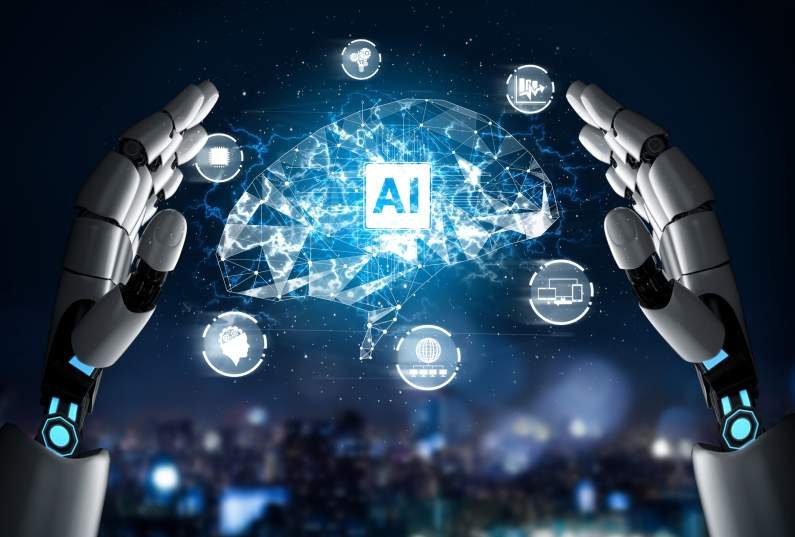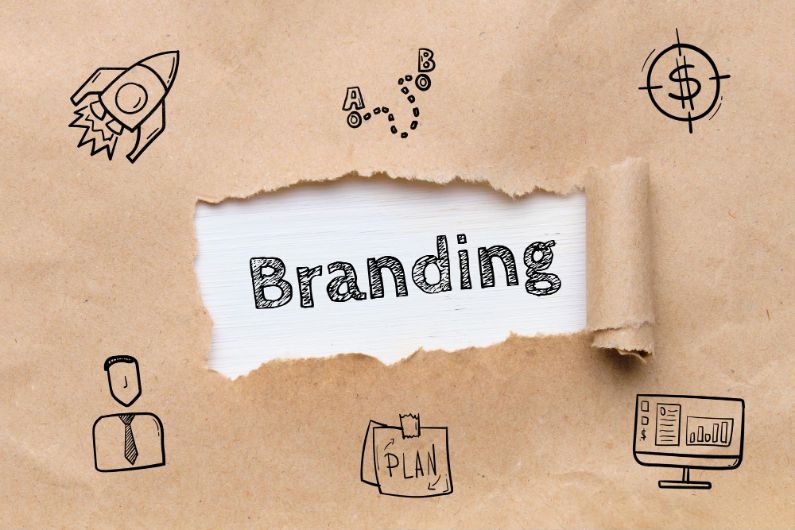Nowadays, thanks to the internet, online videos allow us to have an insight into each other’s lives, even when we are not geographically close.
However, how do we reach audiences that don’t understand our native language? How do we ensure our videos globally reach as many people as possible?
It all comes down to being inclusive and customizing subtitles – enabling a selection of different languages for every viewer to get the most out of the video.
Generally, it doesn’t take much effort to watch a video – most people even associate watching videos with something relaxing, and videos are being shared online like never before.
This makes videos a powerful tool to reach a global audience, where translation of subtitles is needed to optimize the comprehension of video content and to improve overall video engagement.
How AI Is Helping You Translate Your Videos
Even if you’ve never had to manually translate a video, I’m sure you can imagine how translating subtitles word by word takes a long time.
Furthermore, it requires that we either master multiple languages or hire a professional translator to help – respectively very time-consuming and expensive.
AI technology gives us a solution by providing auto generated translation software that can translate subtitles automatically into almost any language.
This can both save us a lot of time and open the prospect of increasing our output.
Artificial Intelligence, also referred to as AI, is the simulation of human intelligence processes by machines, especially computer systems.
Specific applications of AI include natural language processing, speech recognition and machine vision.
AI is revolutionary within computer science, because it helps businesses automate and speed up several processes that otherwise would require a lot more time and resources.
Examples of well-known corporations that offer a variety of artificial intelligence products are Google AI and Amazon AI.
Let’s dig a bit deeper into the meaning of AI translating subtitles, to understand how this works.
How Can AI Detect the Speech in Your Video Audio?
The AI software recognizes words by using deep learning and neural network algorithms of AI character recognition to process speech.
These algorithms use grammar, structure, syntax, and composition of voice and audio signals to process the speech.
You could say that when you send your video through AI software, the AI “listens” to everything that is said in order to, for example, transcribe and translate it.
One of the advantages of AI speech recognition is that it has the ability to become more precise with every use, as it is “learning” from the deviations and errors that occur.
How AI Translates the Speech in Your Video
Regular text translation software aims to translate every word directly – word by word – which often leads to serious mistakes and confusion, in terms of sentences that don’t make sense.
The AI software, on the other hand, uses deep learning methods that can understand the tone of voice, complex sentence structure, jokes and sometimes even slang.
Furthermore, it uses various language models in an attempt to form the most plausible sentence.
This means that the AI translation tool can translate not only words, but give appropriate meaning to whole sentences.
Some AI software does this task by first transcribing everything that is said in the video, and then translating that transcription into hundreds of different languages.
These transcriptions and translations are then converted into subtitle files or directly added onto the video visually.
Could AI Replace Live Translators?
AI will most likely not replace human translators, but it does depend on the size and complexity of the material that needs to be translated.
Literature and bigger publications will certainly always need a translator to read through and edit a translation done by AI software.
This is because translating is not as straightforward as subtitling itself.
All languages have their own characteristics, including grammar, metaphors, slang and more.
One word can have many meanings depending on the context.
And even though AI technology is constantly developing and taking these translation obstacles into consideration, it doesn’t look like AI can reach the intelligence skills of a professional human being anytime soon.
This doesn’t mean that AI translating software isn’t useful for translators.
How Does AI Help Human Translator Workflows
AI powered translation software isn’t the complete solution when it comes to translating larger material.
It is rather an assisting tool to get work done faster and more efficiently – meaning you can translate more in less time, and you will only have to focus your energy on the most interesting parts.
Basically, like an assistant who is doing the framework for you, so that you can streamline your work and amplify the capabilities you have as a translator.
Many video creators will first have the video translated by an AI and then manually check and correct those translations, which is much quicker than doing the entire task manually.
In fact, recent studies by the University of Groningen (Netherlands) and Dublin City University (Ireland) have shown that this method, called post-editing machine translation, can result in 36% higher productivity compared to a human translator translating all the text from scratch.
Is AI Powered Translation Software Worth Investing In
It definitely takes the task of translating to another more simple, fast and affordable level.
However, AI doesn’t have the same accuracy as we expect from a professional human translator and therefore, we cannot expect it to make a 100% correct translation of long form material.
Instead, we can use AI as a tool to handle the time-consuming and tedious tasks of our translation, and to manage short form translations such as those needed for social media videos (YouTube, Instagram etc.).
Most software providers offer free versions of their product, so we highly recommend you choose an online translating software that allows you to try it out for free.
Giving you the chance to find out if it fits your needs, and to avoid wasting money on something that doesn’t work for you.
With the help of a free AI video generator, small businesses can create high-quality marketing content without breaking the bank.
Human vs AI
It is feasible for specialized tools, known as AI detectors, to ascertain whether a given text has been written by a human or generated by an artificial intelligence model.
These tools typically utilize machine learning algorithms to scrutinize various aspects of the text, such as linguistic patterns, sentence structures, and even unique stylistic elements.
The aim is to differentiate between human-generated and machine-generated text by examining factors like coherence, vocabulary usage, and sentence complexity, among others.
While these tools may not always be 100% accurate, especially as AI technologies continue to improve and mimic human-like writing more closely, they generally offer a reliable way to gauge the origin of a text.





